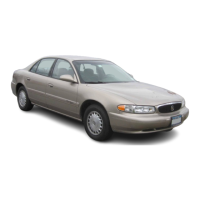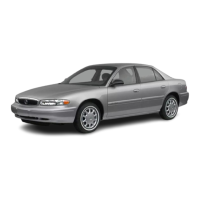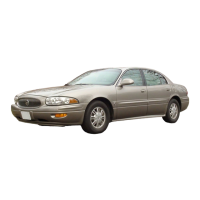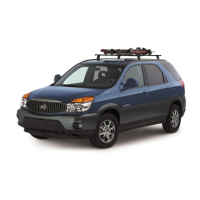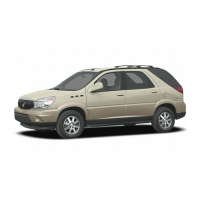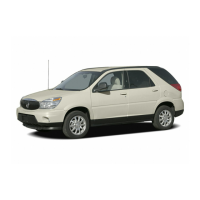If
the ignition is on, the brake system warning light will
come on. See
Brake System Warning Light on
page 3-40.
To
release the parking brake, hold the regular brake
pedal down with your right foot while you push down on
the parking brake pedal with your left foot.
(To
release
the tension
on
the parking brake cable, you will need to
apply about the same amount of pressure to the
parking brake pedal as you did when you set the parking
brake.) When you remove your foot from the parking
brake pedal, it will pop up to the released position.
Notice: Driving with the parking brake on can cause
your rear brakes to overheat. You may have to
replace them, and you could also damage other
parts of your vehicle.
If
you are towing a trailer and are parking on any hill,
see
Towing a Trailer on page 4-36.
That section shows
what to do first to keep the trailer from moving.
Shifting Into
Park
(P)
It
can be dangerous to get out of your vehicle
if the shift lever
is
not fully
in
PARK
(P)
with
the parking brake firmly set. Your vehicle can
roll. If you have left the engine
running,
the
vehicle can move suddenly. You or others
could be injured. To be sure your vehicle won’t
move, even when you’re on fairly level ground,
use the steps that follow. If you’re pulling a
trailer, see “Towing a Trailer” in the Index.
1.
Hold the brake pedal down with your right foot and
set the parking brake with your
left
foot.
2-27

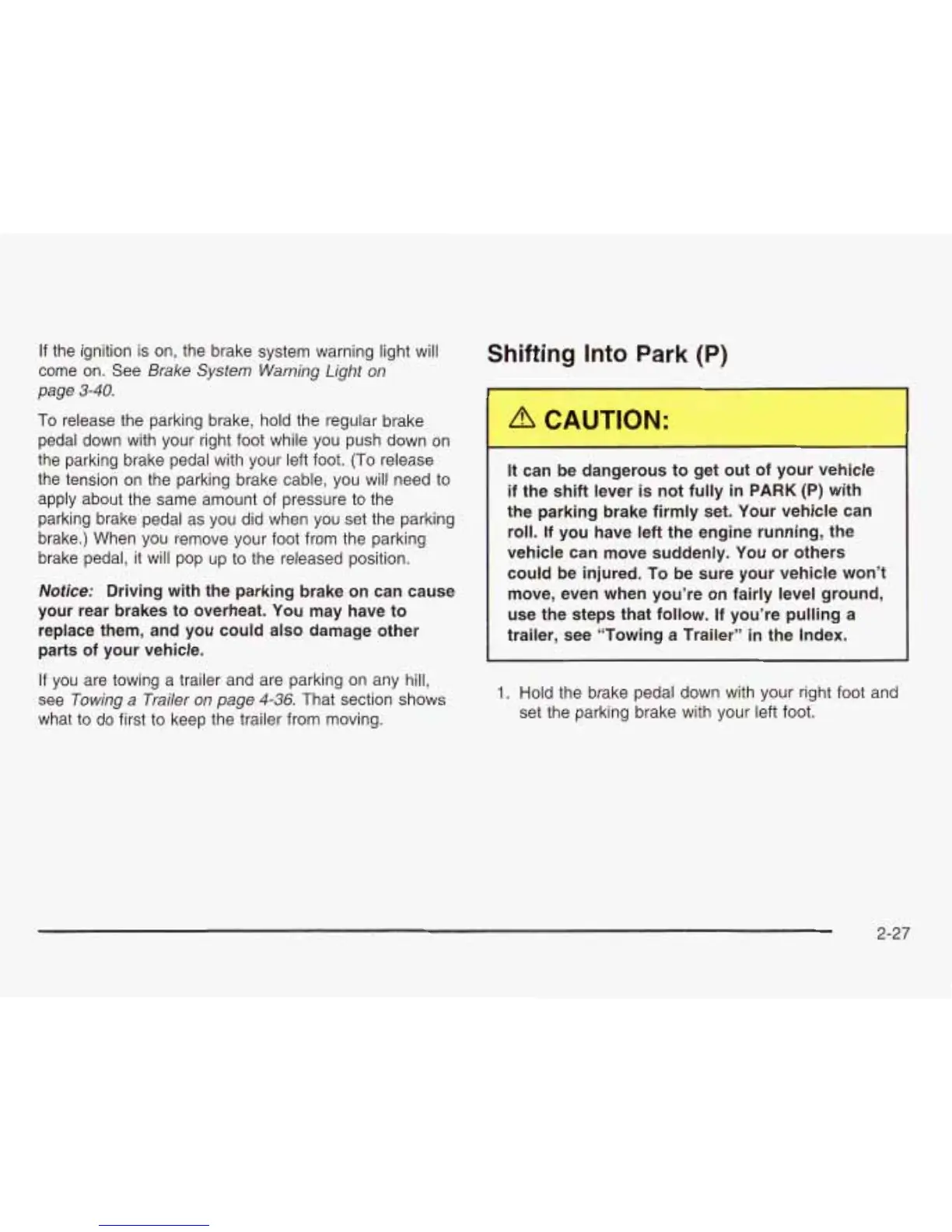